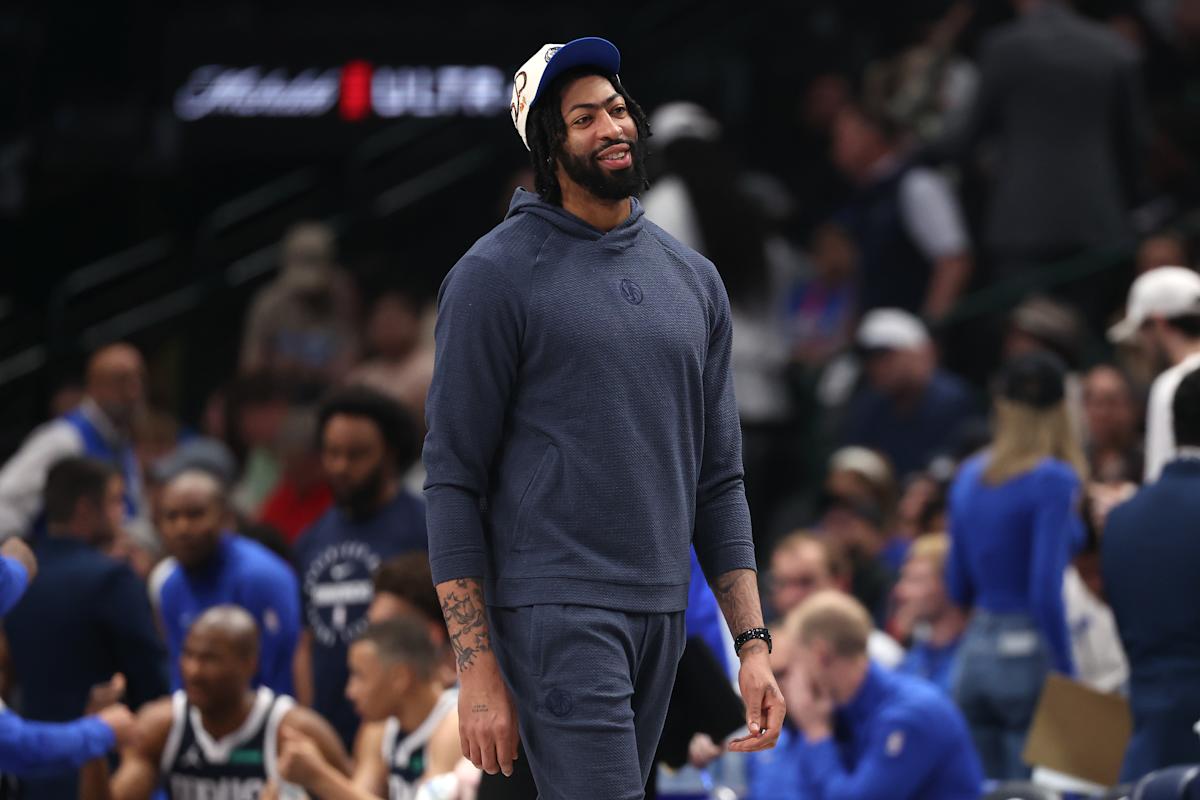The next Premier League shareholders’ meeting will be more than a polite catch-up in a London boardroom. Club executives are due to vote on a new set of spending controls that sit alongside UEFA-style rules and, in some areas, go further. Behind terms like “squad cost ratios” and “anchoring” sits a blunt question: how much freedom should clubs have to use owner money, and how far should the league go to protect competitive balance and financial stability?
What clubs are actually voting on
On the agenda sit three main planks.
The first is a tighter set of financial sustainability checks. Instead of only tracking headline losses, the league wants a closer view of cash flow, balance sheets and how debt is handled over several seasons. That makes life harder for owners who prefer sharp injections of cash over gradual growth.
The second proposal is a squad cost ratio that would cap what clubs spend on wages, transfer amortisation and agent fees at a fixed share of football revenue. The figure being floated is around eighty-five per cent. It sounds generous until wage bills, existing transfer commitments and bonuses are tallied. A couple of poor windows or early exits from Europe could bring that line into view very quickly.
The third, and most divisive, idea is “top-to-bottom anchoring”. No club would be allowed to spend more than a set multiple of the central Premier League payment earned by the bottom team in the previous season. The number under discussion is five times that payout. Based on recent distributions, that would push a rough cap in the region of five hundred and fifty million pounds a year in football costs. Big clubs see a rule that links their ambition to the fortunes of the smallest operation in the division.
How it reaches fans and the betting slip
Most supporters do not pore over club accounts for fun. They feel rule changes like these through transfer gossip, wage stand-offs and the odds that appear at trusted UK betting sites. If new spending rules slow transfer activity or push clubs to sell instead of buy, outright markets on titles, top four races and relegation will adjust. Sides with stable revenue and sensible wage structures could gain an edge, while those that have leaned heavily on owner funding may find themselves squeezed. The shift will not feel dramatic in a single window, but the numbers on screen will start to tell the story over time.
Players, agents and the legal threat
Players and their representatives have already pushed back. The Professional Footballers’ Association has warned that hard caps on spending, even if set high at first, amount to a restriction on earning power. Several major agencies have written to the league to flag possible legal action and have pointed at competition law and disputes in other sports as a warning.
Sixteen Premier League clubs are already working under a trial version of anchoring this season, with no punishment yet for breaking the indicative ceiling. Manchester City, Manchester United and Aston Villa voted against even this dry run, while Chelsea abstained. That split shows how hard it will be to agree on a final framework that keeps both global brands and mid-table projects onside. For senior players, the real concern is what happens if future votes pull the ceiling down once the principle is set.
Pressure from governments and regulators
The argument does not live only inside the league. In Westminster, MPs have spent years arguing over an independent football regulator and what kind of powers it should have. The Premier League would rather prove it can police its own finances before anyone else is given that job. The current proposals have underlined that tension and made clear that owners want to keep as much control as possible while still answering questions about shocks and competitive imbalance.
Broadcasters and sponsors are watching closely as well. Stability matters when billions of pounds are tied up in long-term rights deals. Commercial partners remember relegation fights, points deductions and drawn-out investigations into alleged financial breaches just as clearly as supporters. A recent analysis by ESPN looked at salary caps and cost controls in other sports and showed how they triggered years of arguments and legal wrangling before becoming part of the furniture.
What happens if the vote fails
None of this is guaranteed to pass. Any major rule change needs fourteen of the twenty Premier League clubs to agree. Previous attempts to replace the current profit and sustainability rules have stalled once that number slipped out of reach. Some owners fear a rigid system that limits room to manoeuvre just as state-backed rivals in other leagues grow stronger. Others worry that doing nothing could invite heavier regulation from outside.
If the proposals are watered down, or the vote is pulled because the numbers are not there, the public argument will carry on. Supporters already tired of off-field drama will still track it, because it shapes what happens on the pitch. Over the next few seasons, fans will be able to see which clubs adapt quickly to new financial lines, which try to fight them in court, and which quietly fall behind. The table may still show wins, draws and losses, but the tension around how those squads were built will sit just beneath every scoreline.




















